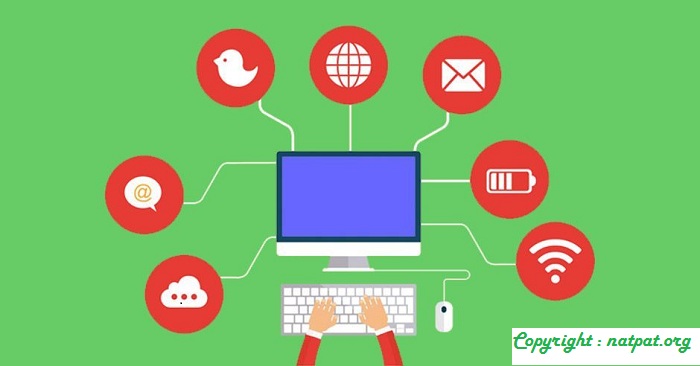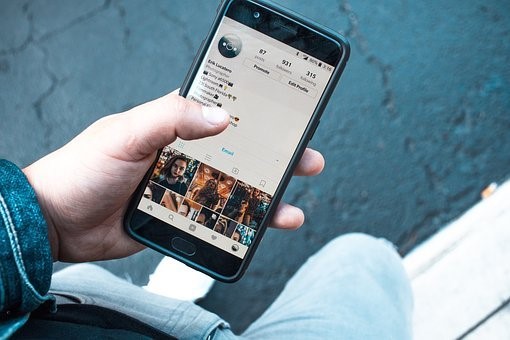Do you want to know a methodology that will help you measure one of the fundamental aspects of Social Media ROI?
Next I will explain to you, from a good example of analysis and with a simple spreadsheet, how to carry out that methodology yourself.
EDITOR’S NOTE: FREE Social Media ROI eBook
Before proceeding with the post, I want to announce that Francisco Marco-Serrano has just published the book Making sense of social media on Amazon ROI: A short guide focused on sales, marketing and strategy . It has given us the opportunity to announce it in the first place for our readers and that you can download it FREE on Amazon during the next 72 hours. On Sunday 16.02.2014 you will have to pay to download it. You can download it in this link or clicking on the image. (If you are not in Spain, look for the book in the Amazon store in your country.)
 Making sense of Social Media ROI
Making sense of Social Media ROI
I want to make this recommendation because it is a guide to Social Media ROI more complete than the one we published a few months ago and, in my opinion, is the answer that many Marketing people are waiting for, both large companies and small businesses . Since you can download it for free, I also invite you to leave a review or review on Amazon by clicking here . Thanks for your attention.
You may also like to read :What Digital Marketing Has In Common With The Financial Market
Profitability in Social Media: Dispersion diagram
In the post 5 types of graphs to measure the Social Media ROI that you should know I listed graphical techniques that I think that every (‘social lancero’) would have to master to be able to analyze the impact of their work in terms of profitability The aforementioned ROI).
One of the methodologies of analysis that I propose is the dispersion diagram , graph linked to the concept of correlation. I recommend that, if you did not read it in its day, read the post about Myths and Legends of Social Media ROI where I explain the concepts of causality, chance and correlation.
Well, the time has come to expose you a good example of analysis that I have developed for my students of the Degree of Economics in the subject of Econometrics (measurement of economics) . But do not be scared, that this example I have “uncomplicated” … Yes, you will need a spreadsheet, such as Microsoft Excel or Libre Office.
 The London Stock Exchange. FTSE 100
The London Stock Exchange. FTSE 100
In case you do not know what the FTSE 100 is, perhaps the closest reference to start explaining it would be to refer you to the IBEX 35. Yes, it is the Stock Exchange. If the IBEX 35 is a series of companies listed on the Madrid Stock Exchange, the FTSE 100 would be the equivalent on the London Stock Exchange.
The FTSE 100 Index is a capitalization-weighted index of the 100 most highly capitalized companies traded on the London Stock Exchange. (Bloomberg)
Well, let’s say that these are 100 of the most important companies listed on the stock exchange of the capital of the United Kingdom.
 Social Media in the FTSE 100
Social Media in the FTSE 100
As in Spain with the IBEX 35, the companies that comprise the FTSE 100 are the target of analysis of many of the British Social Media agencies. For example, the Sociagility consultancy published a report in 2013 detailing the “social” performance indexes of the 100 companies of the FTSE 100.
You may also like to read : Why Your Company Should Have a Blog as a Digital Marketing Tool
Using its own methodology, PRINT TM, Sociagility builds a series of indices related to the brand’s global position in social networks, popularity, receptivity, interaction, reach and confidence, as well as reporting on the global position at the channel level ( Just Twitter, Facebook, Youtube and Web).
 FTSE 100: Social correlates with finance
FTSE 100: Social correlates with finance
As the consultant suggests, social indicators may have some correlation with other types of more tangible indicators, or financial type . If you remember my previous series of entries, it’s when we talk about the difference between soft (social) indicators and hard (financial) indicators, how there may be connections between them that indicate ROI, and how they Can help you establish connections.
Of course, once you have finalized your strategic map, in which you will incorporate your soft indicators linked to financial goals, you must establish a policy of monitoring and analysis.
At the company or brand level, you should conduct a correlation analysis with daily, weekly, or monthly data (depending on the type of product or service, and your sales cycle or consumption). However, to do this example I will use what we call cross-section data (data from a group of companies at the same time point, as opposed to the time series data, which is the kind of data I suggest you should use for Analyze your brand).
Let’s make it simple. Using the MS Excel spreadsheet we can estimate a linear equation that relates a soft indicator to a financial indicator. If we follow the indications of Sociagility, the best result is obtained with the brand recognition index (Awareness Quotient) linked to the market capitalization (total value of the company on the stock exchange). Well, using the AQ data provided in the consultant’s report (for November 2012), together with the market capitalization data as of December 11, 2012, we obtain the following results:
- Market Capitalization = 10,628 + 57,2 AQ
- Coefficient of determination = 18.85%
- Market Capitalization Chart
The first result to be observed is that of the coefficient of determination, which tells us the percentage of market capitalization that can be explained by the AQ index.
I hope you do not believe that with this exercise you try to affirm that a soft indicator can determine a hard indicator, or that there is causality between one and another. However, we can affirm that there is a certain relationship between the two, and that through the AQ index can explain almost 19% of the variation of stock market capitalization; Again, we cannot say that there is causality, but we can use the AQ as a predictor of market capitalization.
Moreover, the value 57.2 indicates that the relationship is positive, and that the greater the brand awareness, the greater the capitalization. For each AQ index valuation point, an increase in capitalization of 57.2 million pounds can be predicted; And conversely, a worsening in that index would predict a drop in the stock market value of as many times 57.2 million as points lost in the AQ index.
Conclusion
Yes, we still had to solve what explains the remaining 80% (100 – 18.85), just as we should apply a series of statistical tests that give us greater confidence in the results (paradoxically, one of them is called ” confidence interval”). Also, we should start from the existence of an underlying causal structure, which although we cannot explain, does allow us to approximate the plausibility of our results.
In this case:
Is it credible that those brands with the highest level of knowledge on the part of the consumer are those with the highest stock market value?
Does the economic value of a company increase when the buzz on it is high?
Does it make sense that we can determine and / or predict the profitability of an investor from the data available in social networks?
You may also like to read : The Benefits Of Digital Marketing For Small And Midsize Businesses
Imagine the possibilities that this type of analysis has, and why many companies and consultants make the most of the data available to not only “play to make graphs”, but let the data speak.
Is the concept clear to you? Do you see how useful it is for your business? Leave your comments in the comments and see it together.


